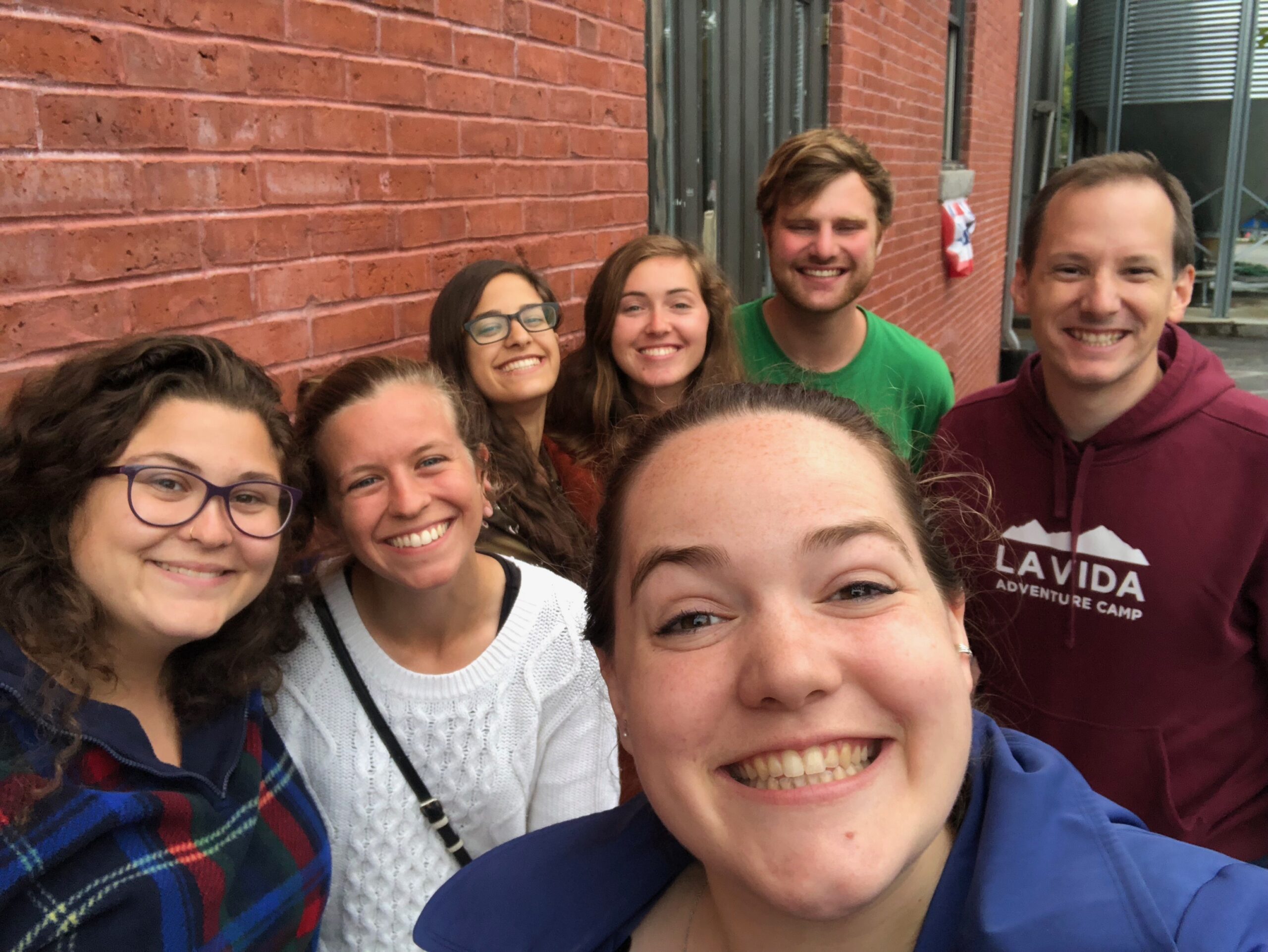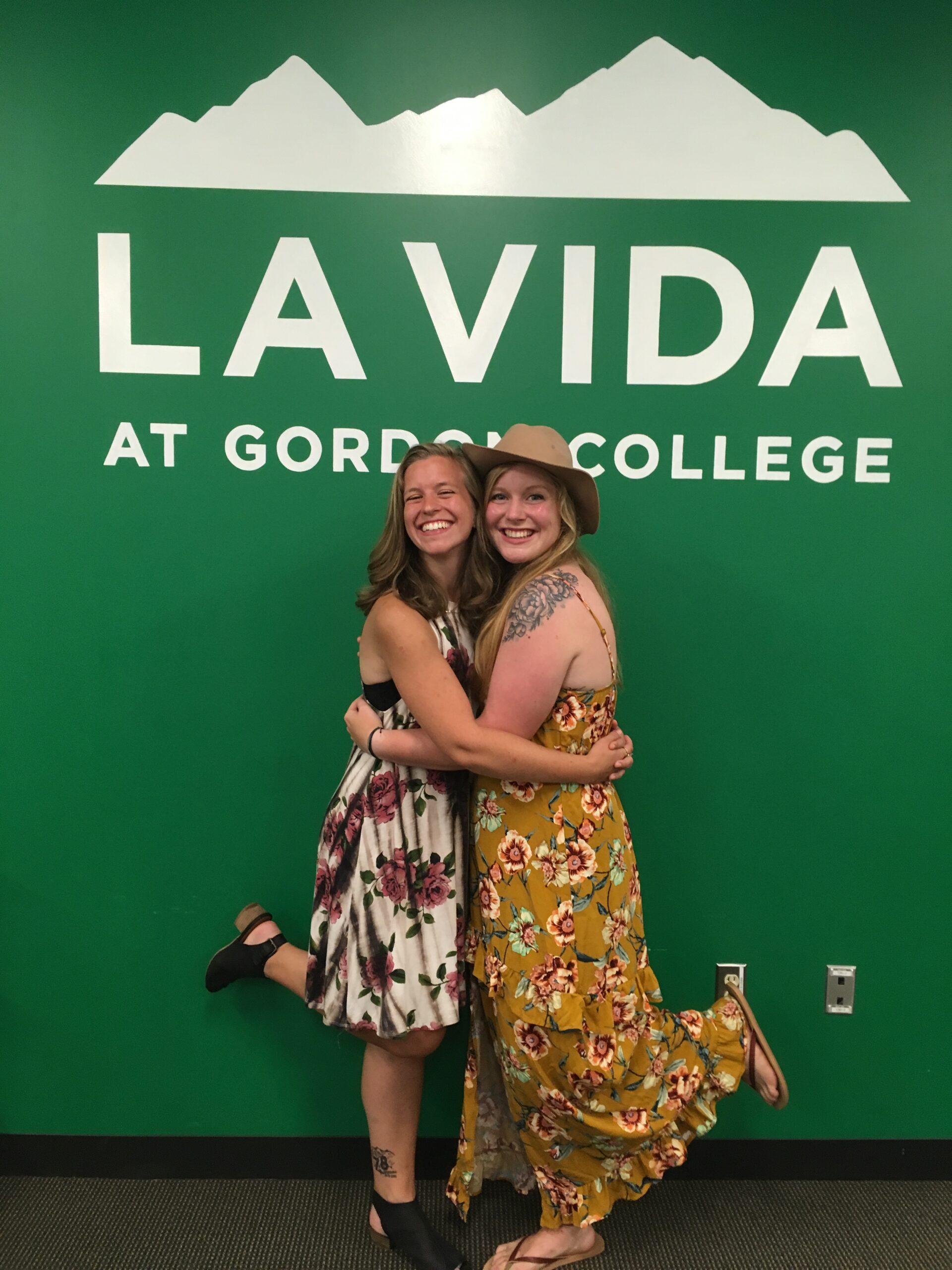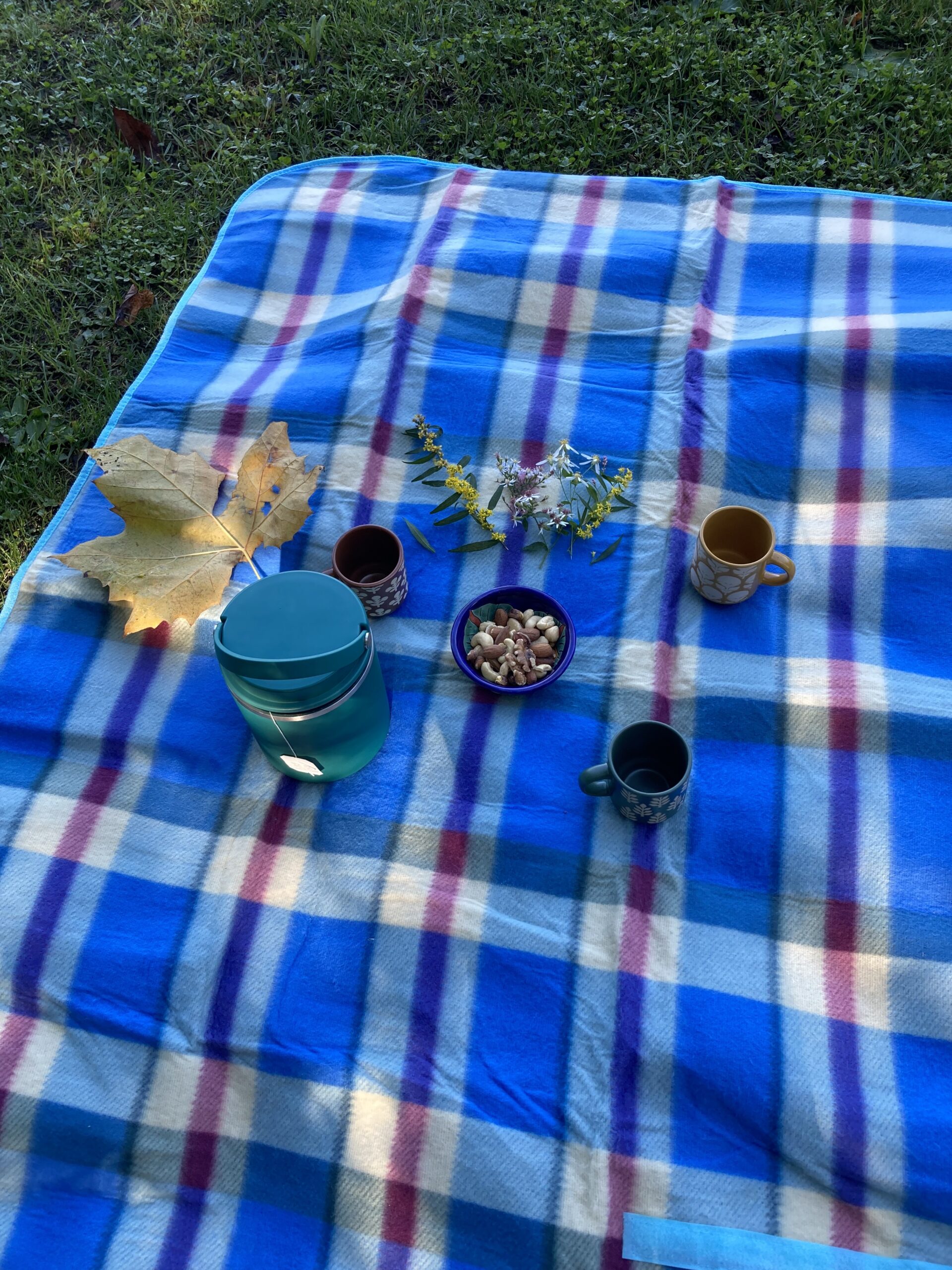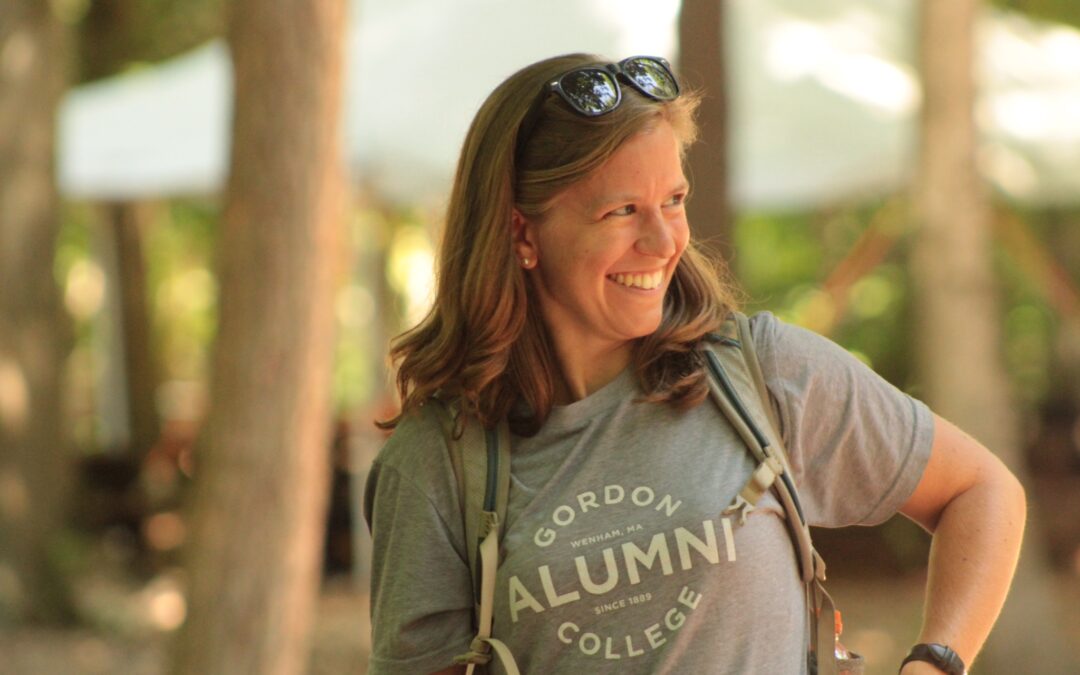By: Lauren Berg
“It’s the best thing I’d never do again,” is something I’ve heard Gordon College students say after their 12-day La Vida Adirondack trips. It’s said lovingly of their experience, an acknowledgment of the profound moments they encountered spiritually, mentally and physically in the woods. But when again will they ever take two weeks to camp, hike and simply be in the wilderness with little to no responsibilities?
To reach those sublime trip moments—soaking in the summit’s view or sliding your paddle into still, smooth water—takes a lot of work and preparation. Students drive six hours to La Vida’s base camp, where staff have tirelessly prepared food, supplies, routes and more for these trips. It can then take days of hiking, camping and settling into new routines for trip participants to start to feel the whirring of their brains quiet down enough to notice the still, small voice of God in the birds, trees, rocks and creeks. In this natural space Bible verses can begin to come to life: “See how the lilies of the field grow. They do not labor or spin. Yet I tell you that not even Solomon in all his splendor was dressed like one of these” (Matthew 6:28-33 NIV).



Like other future La Vida leaders, I ended my participant La Vida trip ready to do it all again. Thanks to the encouragement of my trip leader and La Vida staff, I returned to have more life-changing experiences as a leader with the Adirondack program, Adventure Pursuits, and later with Adventure Camp.
But what about those who are seeking growth and meaningful experiences with God and others in nature now, as busy adults? How can we experience the essence of la vida, “the life,” in just a day or even a few hours outdoors?
A surprising answer I discovered this past year was forest bathing.

What is Forest Bathing?
It’s not the kind of bathing you’re thinking of. Still relatively new to the States, forest bathing originates from a Japanese practice developed in the 1980s called shinrin yoku. Japanese scientists were studying the effects on humans of spending time in the forest and found that trees emit chemicals (phytoncides) that trigger an immune-boosting response in humans, causing us to create more natural killer (NK) cells and anti-cancer proteins. By spending time in the forest, we are literally “bathing” in these phytoncides. Subsequent research found that spending time in nature reduces stress, anxiety and depression and also offers other compounding benefits. (The Nature Fix by Florence Williams is a great resource to learn more.)
I first learned about forest bathing while living in Las Vegas’s hot desert climate, and I was drawn to the idea of spending time outside under trees again. As I began sitting quietly or walking slowly through nature, I found that there is something strangely comforting in remembering that you are a part of a larger whole.
“Look at the birds of the air; they do not sow or reap or store away in barns, and yet your heavenly Father feeds them.” – Matthew 6:26 NIV
After just 15 minutes of stopping to watch the birds flit through the trees or listen to the wind move leaves and tall grasses, I can feel the weight of my problems diminish as the vastness of life on planet Earth reminds me that this universe is not all about me. Instead, while sitting with my back against a tree, I feel deeply called into the present moment—the “Be Here Now” ethos La Vida emulates so well.
Getting Started with Forest Therapy
Intrigued and wanting to learn more, I decided to become certified as a forest therapy guide with the Association of Nature and Forest Therapy. Forest therapy, inspired by forest bathing, similarly supports health and wellness through slow, guided walks in forests and other environments to promote the well-being of both people and the land. In forest therapy people are guided through a sequence of open invitations to slow down, reconnect and awaken the senses. These walks encourage a deepening, reciprocal relationship between participants and their natural surroundings. Walks are typically short distances and can be adapted to all ages and physical conditions.
Getting started is as simple as finding a “sit spot”—an easily accessible place in or near nature where you can go often to be still and notice your surroundings. What do you hear or smell? Who is flying overhead? If you want the help of a guide, there may even be forest bathing guides leading walks in your area.
I wonder, how God is inviting you into a relationship with the creation in your backyard?
Lauren Berg ʼ15 is currently based in Carlisle, PA, and is beginning to offer virtual and in-person guided forest therapy walks. To learn more you can email her at [email protected].

